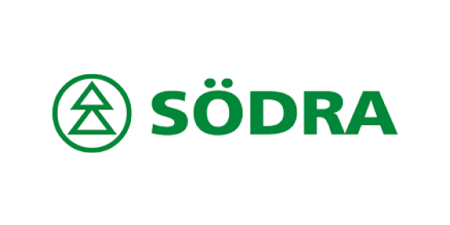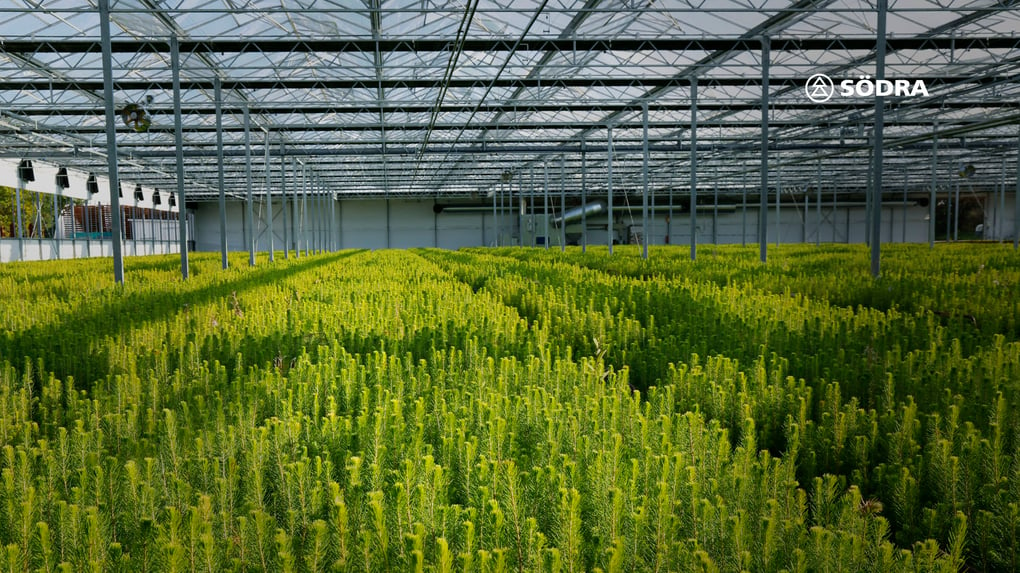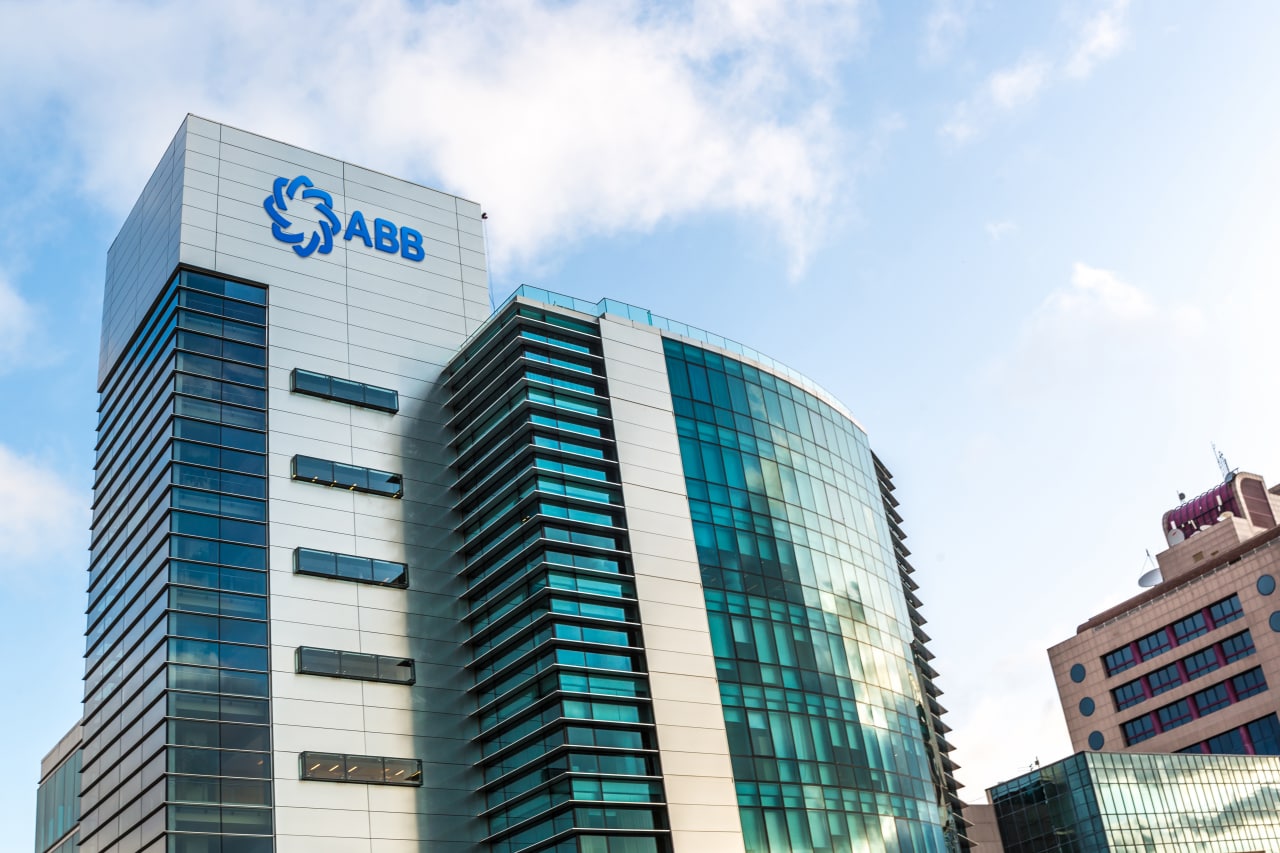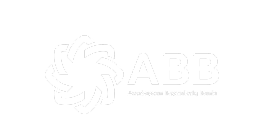
Client:Södra
Region:Europe
Södra uses Robotic Process Automation to let employees see the wood from the trees

3
robots handle hundreds of tasks across 20 key business processes
Client Overview
With 3000 employees and 53,000 members, Södra is a large forest industry group based in Sweden. Its mission is to deliver and refine sustainable wood and pulp solutions, as well as discover and market new and exciting uses for forest materials. The members’ association controls the entire value chain, from seed to customer, and promotes sustainable development in everything it and its members do.
Södra had three goals for robotic process automation (RPA): free up staff time for more interesting tasks, recruit the best people, and increase employee satisfaction.
Södra consistently ranks as one of the top employers in Sweden, and it works very hard to create a fun and rewarding place for people to work. That means letting employees concentrate on the things they love and getting rid of the things they hate. Since working with UiPath, RPA has become a powerful tool for the company to improve the employee experience and provide better service to its customers.
Many organizations begin their automation journey with strategic goals like saving time and money. For Sweden’s largest members-based forestry association, the reason for implementing RPA comes down to one word: knowledge.
Södra knew that it had highly skilled and experienced employees that knew everything there was to know about forest management, as well as the wood and pulp industries. But, the association was struggling to unlock the full value of that knowledge. Employees had to spend so much time on repetitive tasks (such as manual data entry) that they didn’t have the time they wanted to spend with their members.
People ask ‘why automate?’ but I prefer to ask, ‘what happens if you don’t?’. We wouldn’t be an attractive employer and we’d find it difficult to attract and retain the best people. Do you want to work for company spending your day doing repetitive tasks that add no value or somewhere the encourages and supports you to use your knowledge and skills to make a difference?

Placing a value on knowledge
Södra is an unusual trade association. It doesn’t just support and lobby for its members—it addresses each part of the value chain, from the initial planting to the route to market for new products. Its highest priority is to work closely with its members, really getting to know them and their forests, and tailor their services to the specific needs of each one. This is a major undertaking when you have 53,000 members.
Employees want to spend as much time as they can with each member to understand their unique objectives. But, of course, there are many administrative tasks that must also be completed. For instance, the association creates a digital copy of each member’s forest that must be constantly kept up to date. It realized that automating much of the administrative processes would allow employees to spend more time with members and deliver better outcomes.

There’s a value to automation that goes way beyond cost and time savings. If we can help our people apply their knowledge, it translated directly more effective operations and higher revenue for our members.
André Viebke • Head of IT Automation at Södra
Forestry planning is an excellent example of how automation has delivered better outcomes for Södra. The association works on a 'living plan' with each member that shows what the forest looks like today, and sets out the strategy for where the member wants it to be tomorrow. The more time that an employee can spend understanding and working with the member, the better and more accurate the plan.
However, every action taken and every decision made in the forest has to be exactly mirrored in the association’s systems. This means taking the data collected in the field, information from the member’s own system, and other external information and bringing it all together to create the digital record of the plan.
In the past, all this administrative work had to be completed manually. It often included outdated information that forced the person inputting the data to create their own interpretations. This, of course, creates an inconsistent planning process across different members. Within just two months, the association was able to automate many of the tasks within the planning process, helping to free up employees' time and create an improved and consistent process.
People want to be out with members and not stuck at their desks inputting data. Automating the process helped us achieve that goal. But, it has also transformed the planning process. We now have a level of consistency. We better understand our business rules for planning and can apply them for every member. The robot follows the same rules every time, without interpretation, so we’ve been able to improve the quality of planning we offer our members.
André Viebke • Head of IT Automation at Södra
No time to lose
When the RPA journey began at Södra in 2018, the association was keen to reduce costs and bring time back to the organization that would allow employees to focus on value-generating tasks. Since then, it's automated over 20 processes that span every department within the association. The result has been that employees’ time has been released and, also, the association has been able to handle a growing workload without increasing headcount.
There was another important factor in Södra’s automation program: speed. The association has a reputation for being at the forefront of digital transformation, and automation forms a large part of this image. However, traditional forms of automation were too costly and time-consuming.

“We knew we wanted process automation but we also knew we couldn’t wait three or four years to deliver it in the main systems. Things would have already changed by the time we delivered it,” says Viebke. “RPA let us achieve what we wanted from automation very quickly. Our first automation took about two months and we’ve been able to speed and improve the process since. In addition, optimizing our core systems has highlighted capability gaps and we’ve been able to use our robots to rapidly close those gaps.”
Coping with the speed of change
Today, Södra has three robots that handle hundreds of administrative tasks within the association’s key processes. Each business unit has named its own robot (Holly, Clerk and Robin) to help employees become comfortable with their digital colleagues.
However, Viebke believes that the biggest challenge for automation is coping with the pace of change. He says: “normally system changes take a long while and so people have time to get used to the changes and new ways of working. With RPA, we can be delivering a new automation within weeks.”
Our people don’t really worry about losing their job. Instead they can struggle with the speed things are changing. Even when they are keen to benefit from the automation, we work hard to ensure they’re comfortable with what’s happening and able to fully benefit.
André Viebke • Head of IT Automation at Södra
This approach will be increasingly important as the association begins to examine how personal desktop automations can further empower employees to harness the power of their knowledge every day.
Related case studies
Ready for your own case study?
Speak to our team of knowledgeable experts and learn how you can benefit from agentic automation.






